Importance of Partnerships
The institutions of California Plant Rescue (CaPR) have made great progress in conserving the rare flora of California, largely with both the financial support and collaboration of public lands managers. Though the state’s funding will help immensely with the financial aspect of seed banking, collaboration will still be key to not only obtain permissions for collecting the needed seed, but also for ensuring the botanical institutions are working toward meeting collaborator needs and that both the land managers and seed collectors’ expertise are leveraged effectively.
Two entities in particular are key to both past and future CaPR successes: the Bureau of Land Management (BLM) and the U.S. Forest Service (USFS). The BLM has been a key partner with their Seeds of Success program to collect, conserve, and develop native plant materials for restoration across the U.S. for many CPC participating institutions, including several CaPR members. These members also partner to collect BLM sensitive species. Christina Lund, the BLM state botanist, is working with the botanists at field offices and CaPR partners to bank seed from rare plants occurring on BLM lands – hoping to have all the rare species collected from populations on their lands soon. It is of no surprise then, that BLM has a high proportion of its rare taxa collected from BLM lands.
The USFS lands in California are rich with rare plant occurrences, as they tend to be well botanized. In fact, 26% of California’s recorded rare plant populations, as recorded in by the state’s natural heritage program (California Natural Diversity Database) are on USFS lands. The amount of seed collections on any individual national forest depends on the strength of collaboration between the management of the forest and a CaPR partner. For instance, National Forests in the far north of the state are far from any of the collaborators and have few taxa collected. Meanwhile, San Bernardino National Forest, located a short drive from Rancho Santa Ana Botanic Garden and a regular partner with them, has 76% of their rarest species banked, 43% from the forest’s populations. Working with individual forests throughout the state will be instrumental in CaPR achieving its conservation goals.
As CaPR partners strive to conserve all the rare plant taxa in California in banked seed collections, it will be important for them to keep in mind the current and future needs of our land managing partners as well. As such, CaPR partners plan to continue to work with their established partners and build relationships with new partners as well. From local governments to state and federal agencies, special districts to non-profits, the seed that is being banked will benefit all who strive to protect rare plants on their lands.
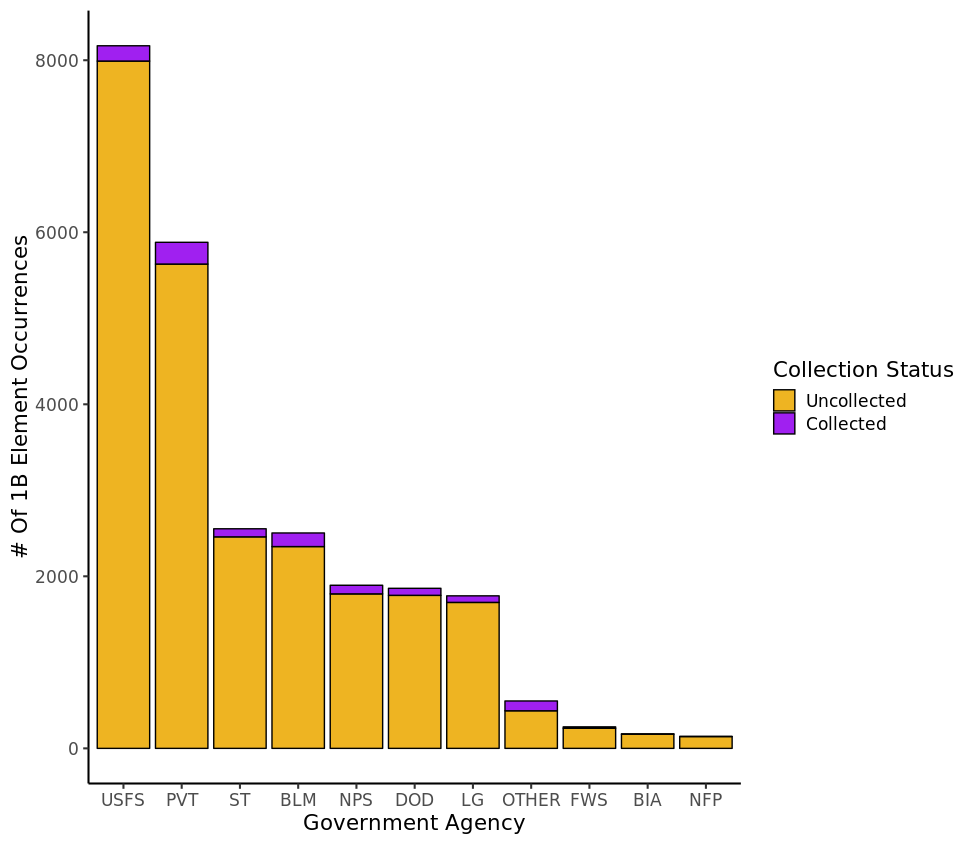
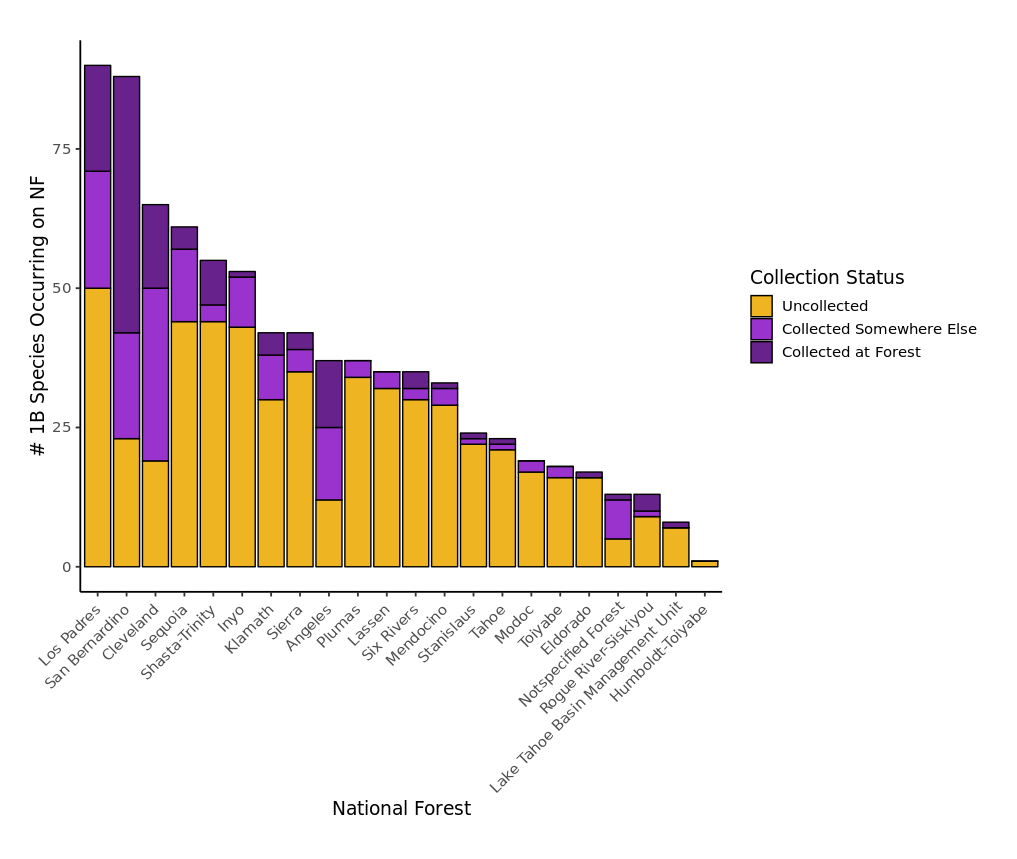
-
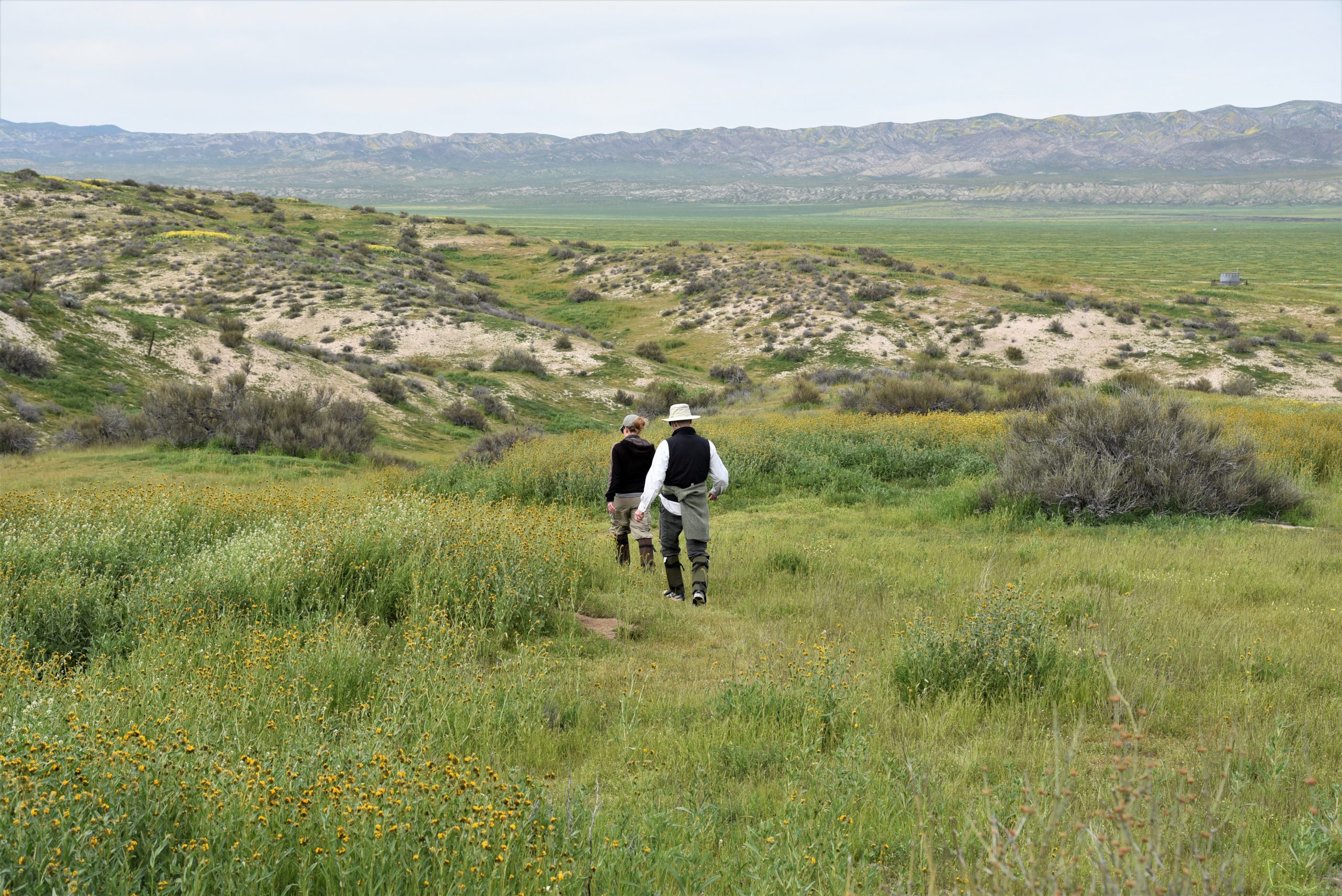
Botanists from Santa Barbara Botanic Garden , a CaPR partner and CPC Participating Institution, head into the field to conduct surveys for rare plant species in California. Photo credit: A. Hernandez, courtesy of Santa Barbara Botanic Garden. -
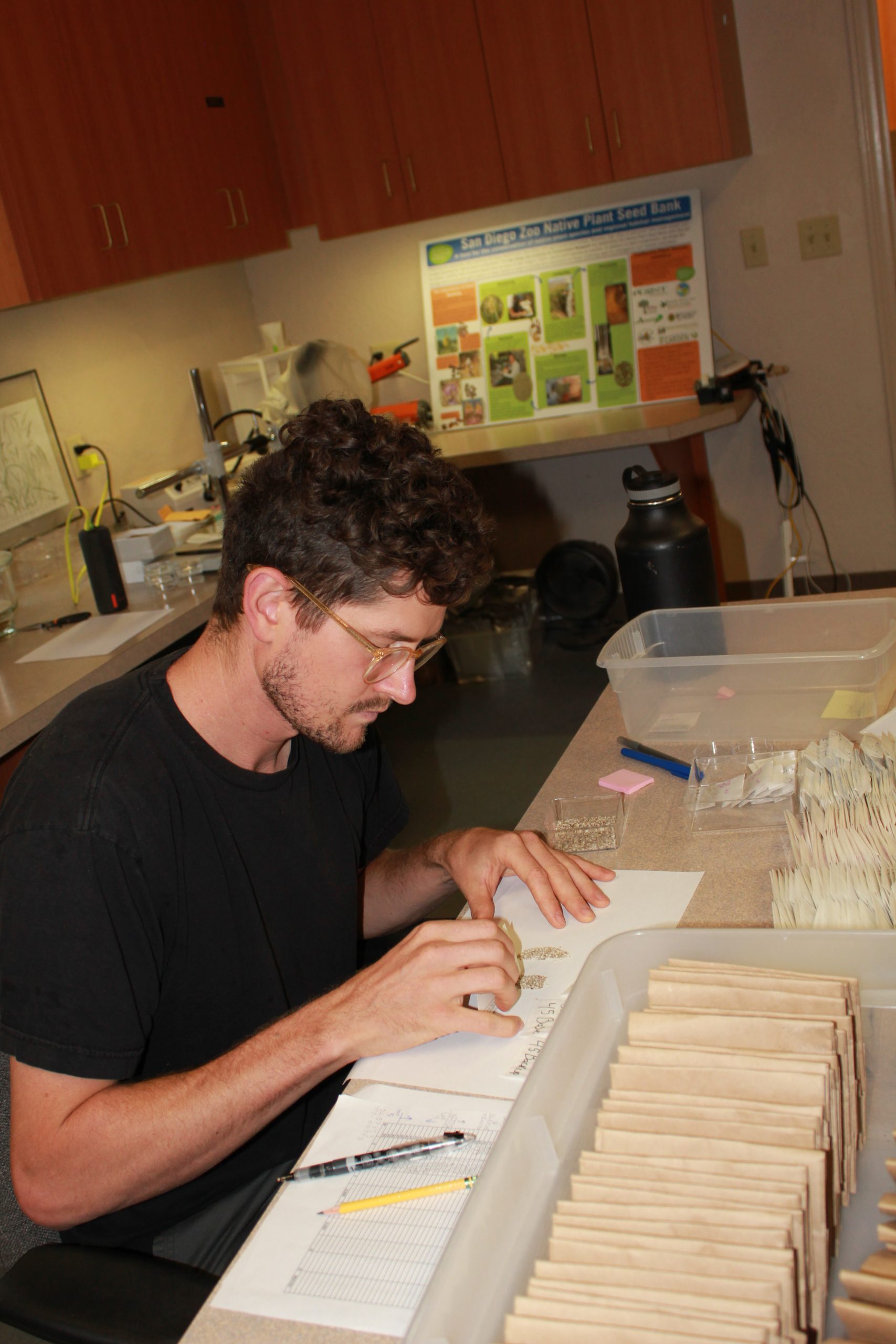
Tobin Weatherson of the Native Plant Seed Bank at the San Diego Zoo sorts through seed collected by maternal line, as each of the rare plant seed collections being support by the Biodiversity Initiative funding will be. Photo credit: Joyce Maschinski, Center for Plant Conservation. -
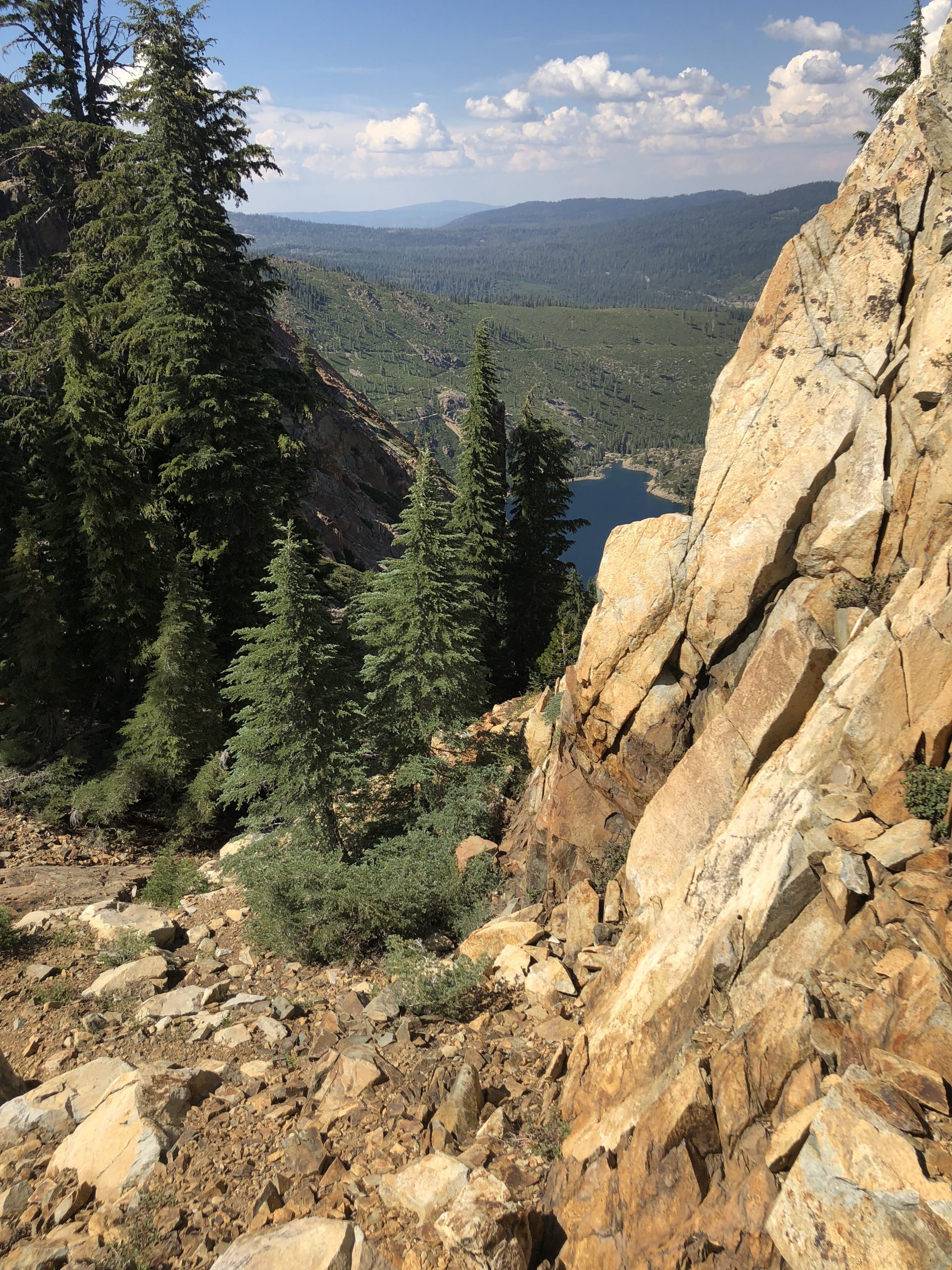
The Sierra Buttes, which include lots of mountain hemlock (Tsuga mertensiana) in their landscape as well as rare species, are a geographical gap in California seed collections that CaPR hopes the legislated funding will allow them to push into. Photo credit: Brett Hall, courtesy of the University of CA, Santa Cruz.